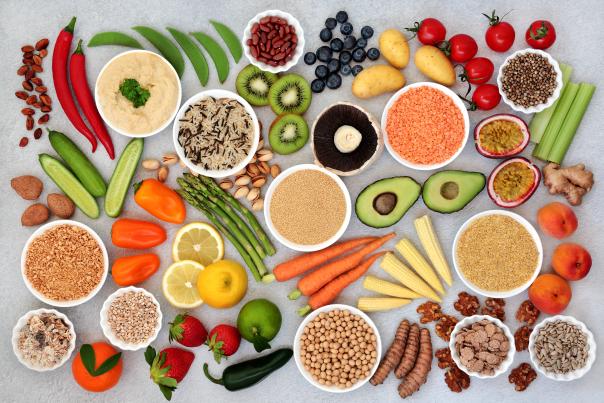
Symbolically represented by half a plate of fruit and vegetables, the other half of the Planetary Health Diet consists primarily of whole grains, plant protein like beans, lentils, pulses and nuts as well as modest amounts of dairy and small quantities of meat and fish.
The EAT-Lancet Planetary Health Diet emphasises a shift towards a more plant-based diet. It is estimated that a widespread shift to the diet would reduce global dietary emissions by 17% and potentially prevent approximately 11 million deaths a year.
Klapp, who is also head of research at ProVeg International, said: “The evidence clearly shows that people and the planet cannot afford to simply default towards animal-based solutions. In our review of the diet, we provide recommendations that address current shortfalls while maintaining its strong plant-forward approach.
“A global transition to a healthy, plant-forward diet, as guided by the Planetary Health Diet, is indeed possible. Sometimes that means recognising traditional knowledge, and sometimes that means breaking with tradition and being open to new technologies.”
The review of the diet identifies several areas where it can be improved, whilst keeping it on the current plant-forward trajectory, These measures include:
- Recommendations on the bioavailability of plant-based foods and how to improve them, such as through soaking, fermenting, cooking, and processing as well as certain food combinations.
- Including nutrient-rich, climate-resilient indigenous foods that are economically affordable and locally available.
- Creating greater awareness on gender-based differences in food preferences and dietary inclusiveness.
- Highlighting the benefits of fortification and supplementation.
- Clearer guidance on selecting healthier processed foods instead of broadly discouraging the category.